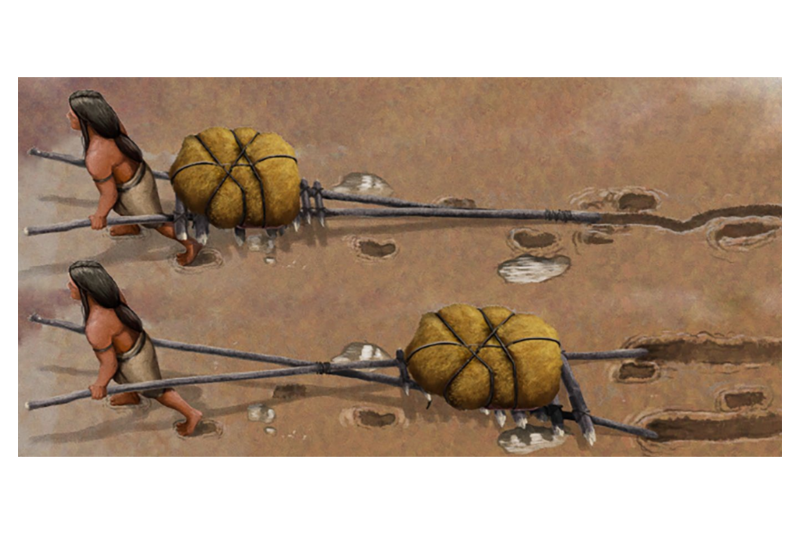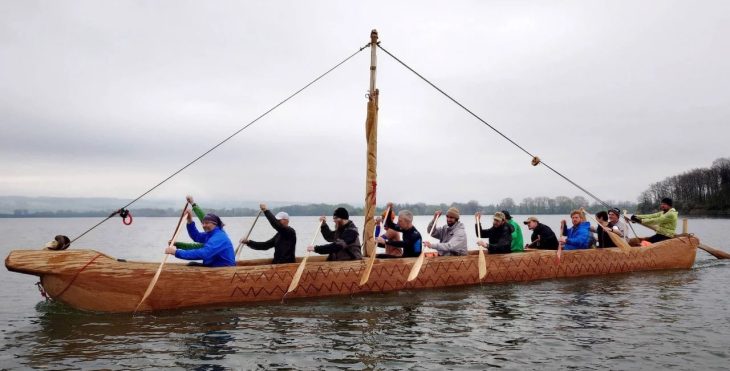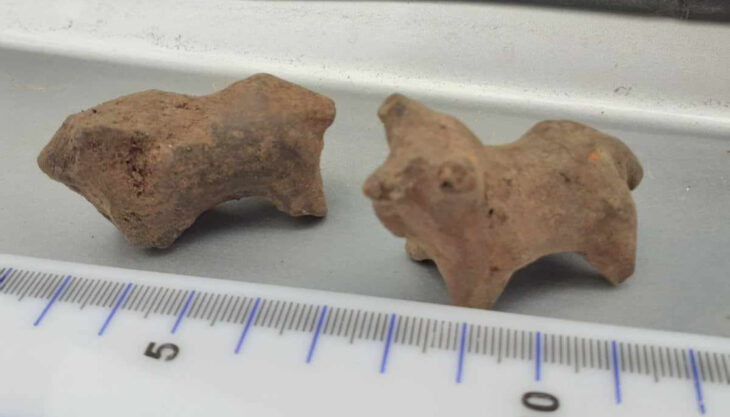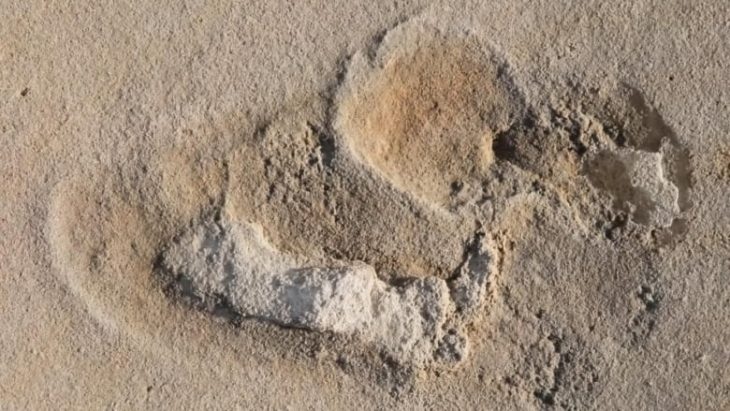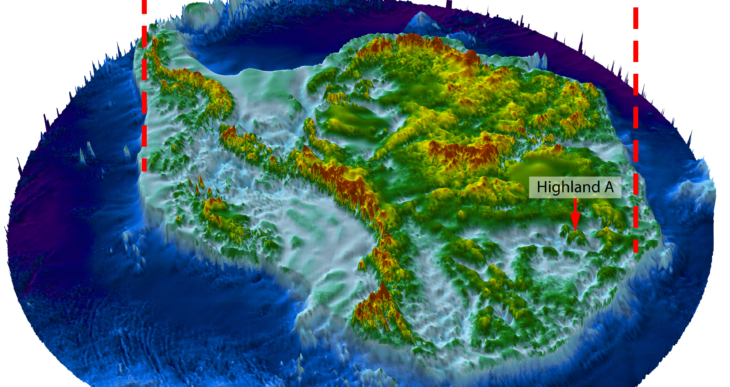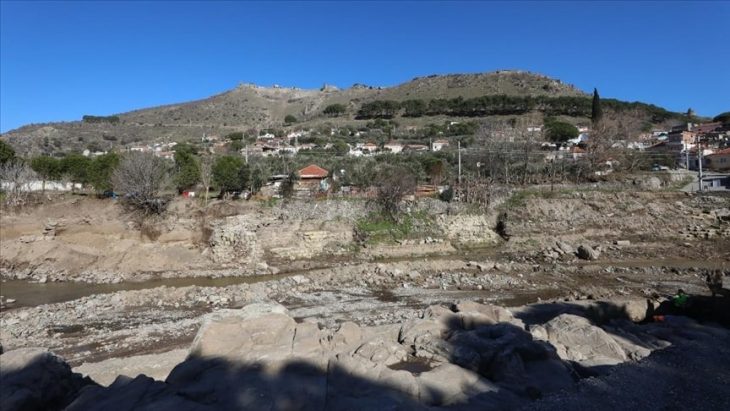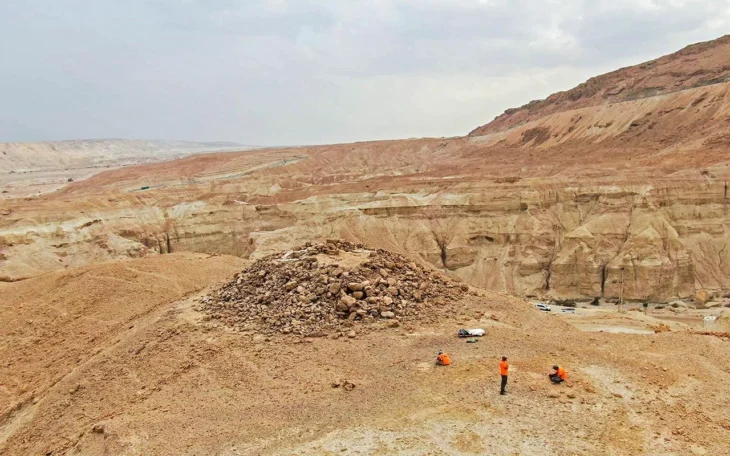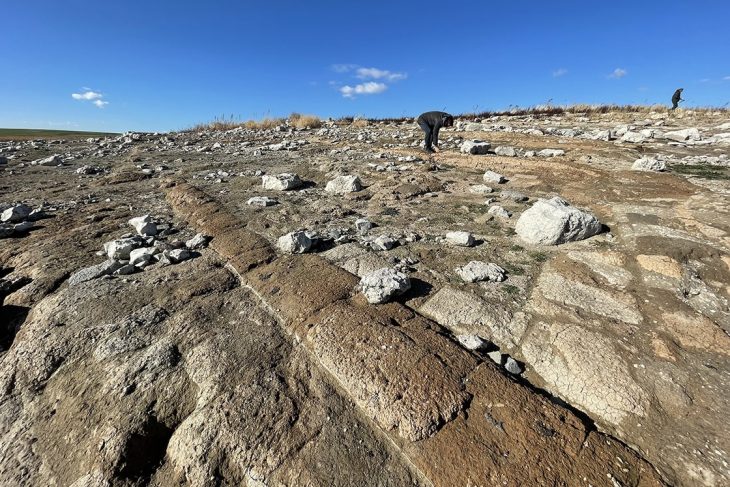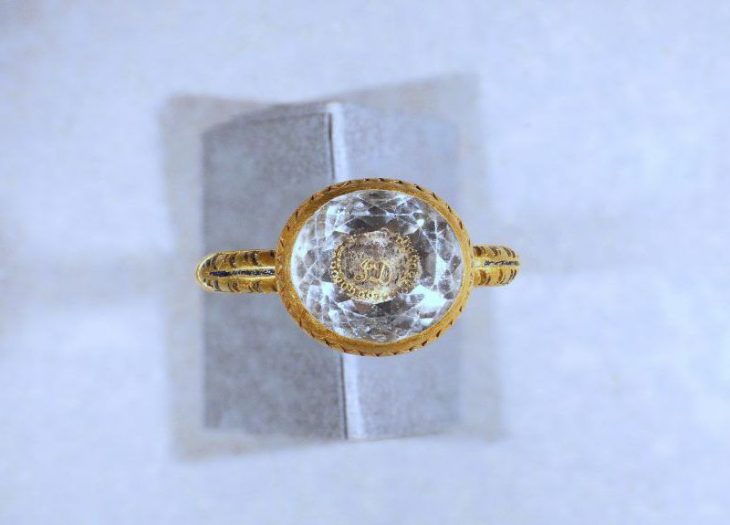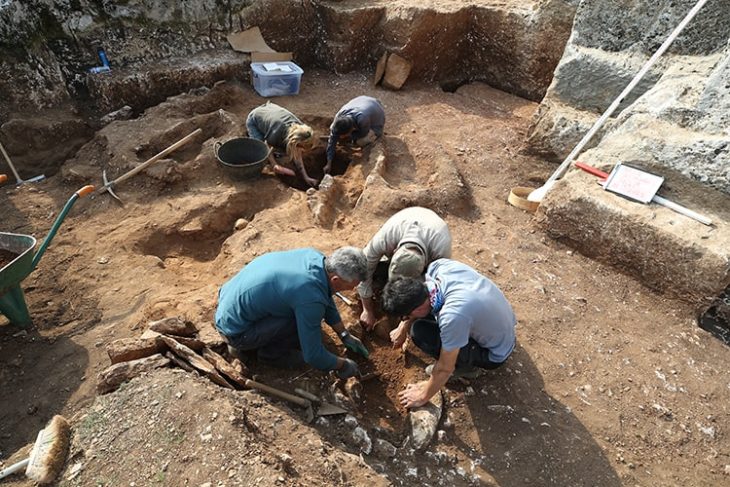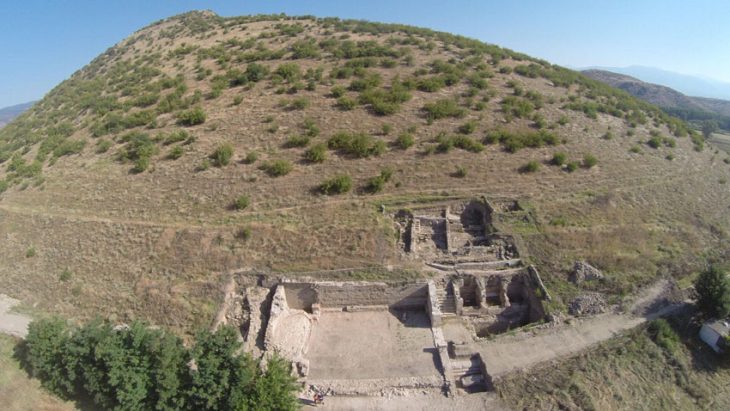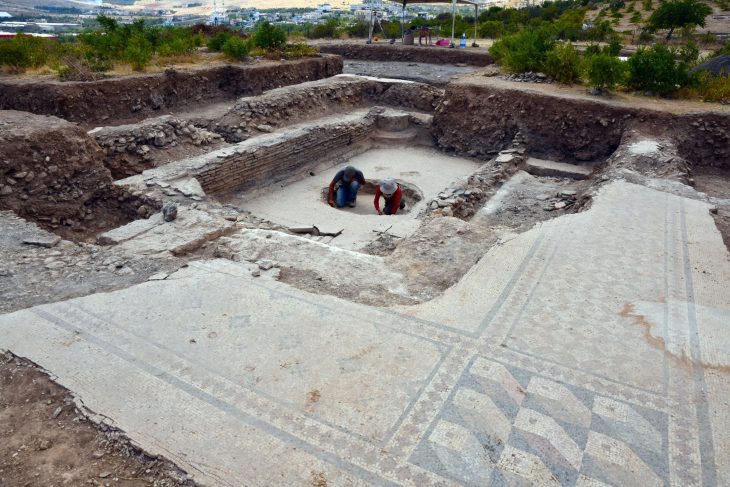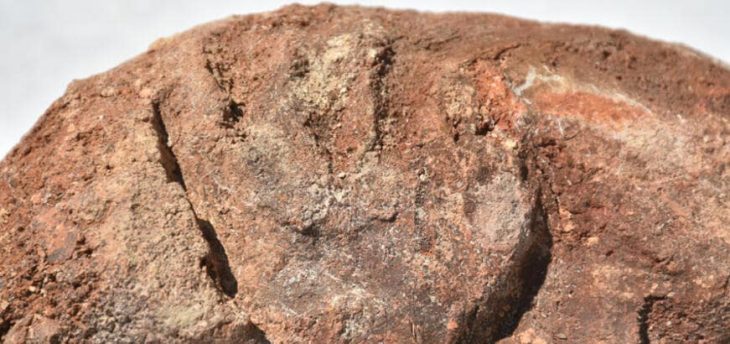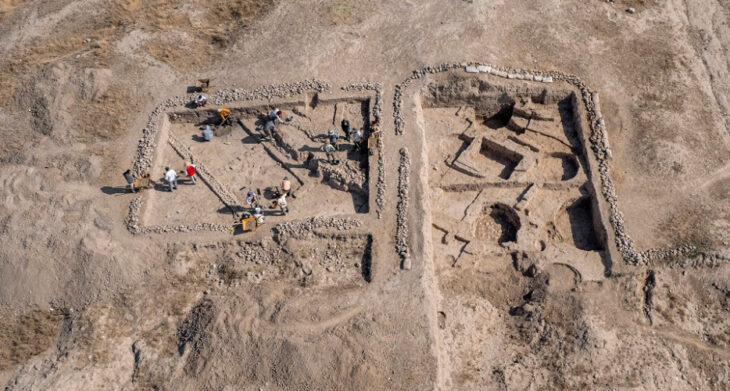In a remarkable glimpse into the ingenuity of our early ancestors, recent research reveals that 22,000 years ago, humans may have devised a primitive yet effective means of transportation at what is now White Sands National Park in New Mexico.
The discovery of distinct drag marks alongside ancient footprints suggests the use of a travois—a rudimentary transport tool crafted from two poles to facilitate the hauling of heavy loads. This groundbreaking finding not only highlights one of the earliest instances of human-engineered transport but also predates the invention of the wheel, offering profound insights into the technological advancements of the earliest settlers in North America.
Led by a team from Bournemouth University, this research uncovers a fascinating chapter in the story of human innovation and adaptation.
The study, spearheaded by Professor Matthew Bennett from Bournemouth University and published in Quaternary Science Advances, meticulously documents a series of parallel and single-line drag marks found in the park. These tracks, preserved in dried mud and layered with sediment, are believed to have been created by a travois—a basic transport device constructed from two wooden poles tied together.
Historically, Indigenous groups across North America utilized the travois to transport goods, and this recent discovery indicates that this innovative technology may have existed thousands of years earlier than previously assumed.
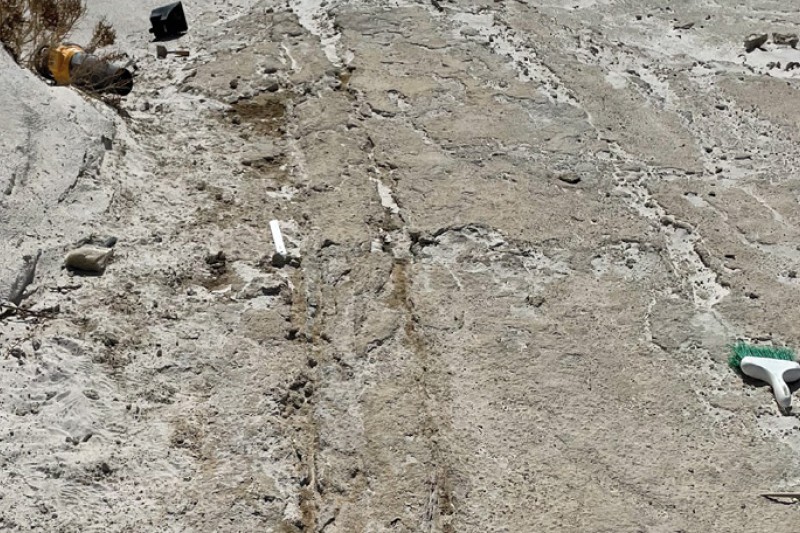
Professor Matthew Bennett stated that early humans likely utilized some form of transport to carry their belongings during their migrations worldwide; however, evidence of wooden vehicles has decayed over time. He emphasized that the drag marks discovered provide the first indication of how these ancestors managed to move heavy and bulky loads before the invention of wheeled vehicles.
The tracks revealed in this study vary in length from two to fifty meters, having been preserved in dried mud and covered by sediment. Their proximity to human footprints indicates that the travois were likely pulled by people rather than animals. Notably, many of the footprints surrounding the tracks appear to belong to children, leading the research team to believe that groups of children either followed closely behind or walked alongside the adults as they pulled the loads.
To validate their findings, the research team constructed replicas of travois and conducted tests by dragging them across mudflats in Dorset, UK, and along the coast of Maine, USA. The results revealed that the mud marks created during these experiments closely resembled the fossilized drag marks found at White Sands.
Dr. Sally Reynolds, a co-author of the study and a paleontologist at Bournemouth University, emphasized the significance of these discoveries, stating, “Every finding at White Sands enhances our understanding of the lives of the first people to settle in the Americas. These individuals were the initial migrants to North America, and gaining insights into their methods of movement is crucial for accurately narrating their story.”
The discovery of the travois implies that humans may have arrived in North America much earlier than previously believed. Earlier studies at White Sands have revealed human footprints dating back 23,000 years, significantly pushing back the timeline of human settlement in the Americas by thousands of years. This challenges the long-held notion that humans first entered the continent around 15,000 years ago.
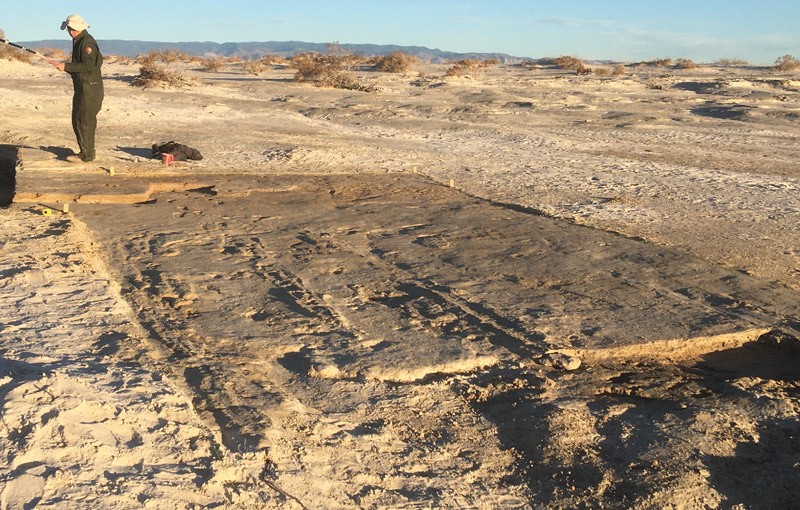
While some experts continue to debate the precise dating of these findings, the evidence supporting early transport technology is compelling. Professor Bennett noted that the presence of travois marks at various sites within White Sands National Park suggests that prehistoric populations widely utilized this method of transport.
This groundbreaking research not only sheds light on the innovative transport methods of early humans but also deepens our understanding of their migration patterns, ultimately enriching the narrative of the first settlers in the Americas.
The journal Quaternary Science Advances.
Cover Image Credit: Reconstruction by Gabriel Ugueto. Credit: Bournemouth University

